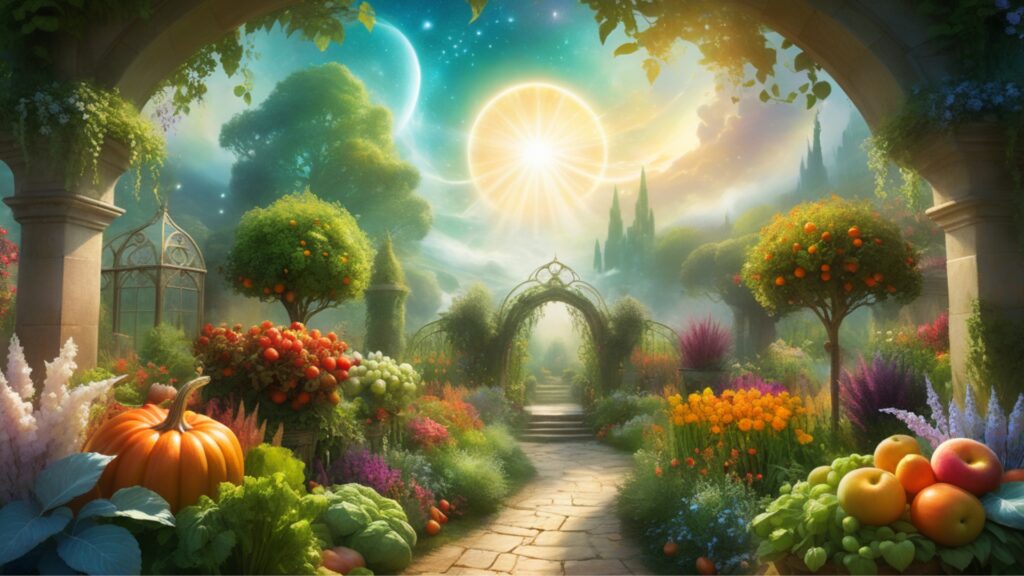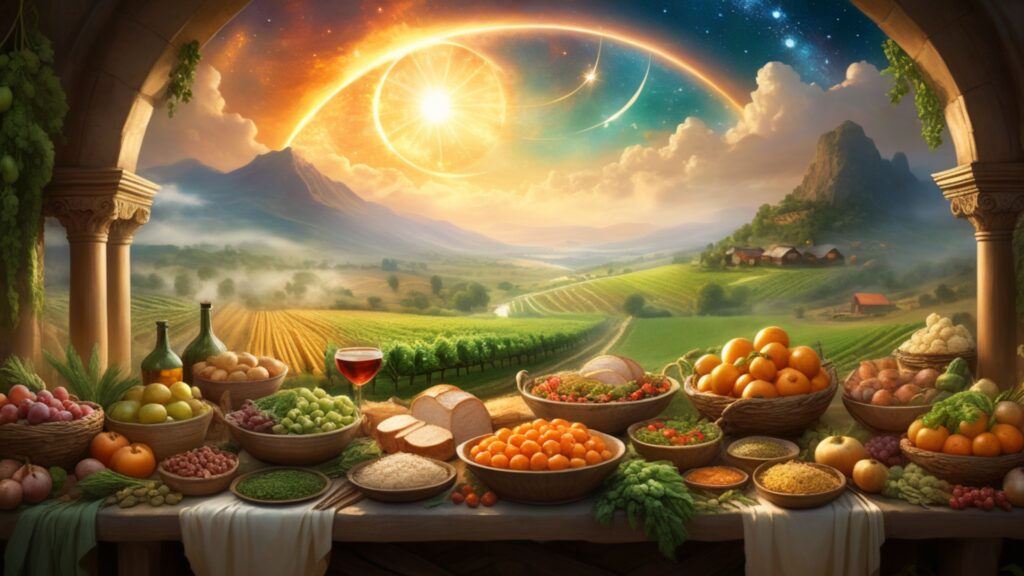
In an increasingly urbanized world, the art of gardening and sustainable living offers a return to a simpler, more connected way of life. Gardening transcends the act of growing plants; it is a profound practice that nurtures not only our relationship with the Earth but also our sense of personal freedom. Delving into the world of gardening and sustainable living, ancient wisdom that lies at the heart of these practices is uncovered in how they enable us to cultivate a greater sense of freedom.
The Ancient Roots of Gardening
Gardening is a practice that traces its roots back to ancient civilizations. From the Hanging Gardens of Babylon to the terraced rice fields of ancient China, the act of cultivating the land has always held cultural and spiritual significance.
- A Connection to the Earth: Ancient cultures recognized that our connection to the Earth is fundamental to our existence. The act of planting seeds, nurturing plants, and harvesting the fruits of our labor fosters a profound sense of belonging, interconnectedness, and independence.
- The Cycle of Life: Gardening mirrors the cycles of life and death, offering lessons in impermanence and renewal. Ancient wisdom often celebrated the cyclical nature of existence and the importance of embracing change.
Regenerative Living as a Path to Freedom
Gardening is closely intertwined with sustainable living, as it encourages responsible stewardship of the Earth’s resources. This practice goes hand in hand with the quest for personal freedom. Indigenous cultures across the globe have practiced regenerative living for centuries. Their teachings emphasize the importance of living in harmony with nature and using resources mindfully to ensure the viability of future generations. Self-sufficiency, a concept championed by many ancient communities, is a key component of living through inherited restorative practices. By reducing our dependence on external systems, we gain a greater sense of control over our lives.
The Freedom of Self-Reliance
Gardening and sustainable living empower individuals to become more self-reliant, growing a profound sense of freedom. The ability to grow our own food offers independence from the industrial food complex that is compromising the health of our species. Ancient cultures valued the knowledge of cultivating crops and the freedom it provided from reliance on others. Sustainable living encourages efficient resource management. Whether it’s water conservation, renewable energy, or waste reduction, these practices empower individuals to take control of their environmental impact and reduce dependence on external systems.
Mindful Stewardship of the Earth
Ancient wisdom often emphasized the importance of responsible stewardship of the Earth—a concept that resonates deeply with modern sustainable living practices.
- Ancient India: The practice of vermicomposting, dates back thousands of years. Vermicomposting, a method of composting using earthworms, was an integral part of traditional Indian farming systems. The roots of vermicomposting in India can be traced to early civilizations that recognized the immense benefits of earthworms in breaking down organic matter. In this process, earthworms consume organic materials like kitchen scraps, crop residues, and animal dung, transforming them into nutrient-rich humus—a dark, crumbly substance that greatly enhances soil fertility. Vermicompost, also known as “worm castings,” is teeming with beneficial microorganisms and nutrients essential for plant growth. This natural soil conditioner improves soil structure, water retention, and aeration while enhancing its ability to hold onto essential nutrients. As a result, crops grown in vermicompost-enriched soil often exhibit increased yields and resilience. The wisdom of vermicomposting continues to thrive in modern sustainable farming practices, demonstrating that the knowledge passed down through the ages still holds tremendous value in nurturing both the Earth and our sustenance.
- Native American Traditions: Native American cultures held a profound respect for the land, viewing it as a sacred gift. Their practices, such as the Three Sisters gardening technique, demonstrated an understanding of ecological balance and sustainable agriculture. The method, which involved growing three primary crops together: corn, beans, and squash, optimized space while providing mutually beneficial advantages to the three crops. Corn provided a natural trellis for the beans to climb, while beans added nitrogen to the soil, benefiting all three crops. Squash, with its broad leaves, acted as a natural mulch, suppressing weeds and conserving moisture. By planting these crops together, Native Americans achieved sustainable, mutually beneficial agricultural systems, providing a holistic approach to growing food.
- Ancient China: Chinese agricultural practices dating back thousands of years, emphasized the importance of working in harmony with nature incorporating principles akin to modern permaculture, such as polyculture, diverse crop rotations, the use of organic matter for soil improvement, and careful water management techniques. The Zhongtiao Mountain region, nestled in northern China’s Shanxi Province, is a testament to the endurance of traditional permaculture systems. For centuries, farmers in this picturesque landscape have cultivated diverse crops such as wheat, maize, millet, sorghum, and a variety of vegetables, alongside the nurturing of orchards with fruit-bearing trees like apples, pears, and walnuts. Polyculture, crop rotation, and agroforestry remain integral to the region’s agriculture, enhancing biodiversity, soil fertility, and overall land resilience. Terrace farming, a hallmark of the area’s agricultural heritage, endures as well, managing water resources, preventing soil erosion, and sustaining the region’s time-tested traditions. One of the oldest examples of permaculture principles still flourishing in China’s geographic region today is the Dujiangyan Irrigation System. This remarkable ancient irrigation system dates back over 2,200 years and is located in the Sichuan province of southwestern China. Today, remnants of these time-honored practices still thrive, as modern farmers continue to embrace the wisdom of their ancestors. The concept of regenerative agriculture, deeply embedded in Chinese farming traditions, continues to be relevant in contemporary practices.
The Modern Relevance of Gardening and Sustainable Living
In today’s world, the principles of gardening and sustainable living are more relevant than ever. They provide a path to reconnect with nature, foster self-reliance, and promote environmental responsibility. Gardening and sustainable living often bring people together. Community gardens, co-ops, and sustainable living groups create opportunities for individuals to connect, share knowledge, and support one another.
As concerns for environmental degradation grow, living practices that are regenerative become essential. By reducing waste, conserving resources, and choosing eco-friendly options, individuals can make a significant positive impact.

Cultivating Liberty From Seed to Harvest
The art of gardening and sustainable living offers a return to simplicity, self-reliance, and a deeper connection with the Earth. It is a practice that resonates with the ancient wisdom of honoring the land and living in harmony with nature. Through gardening, we nurture the Earth and, in turn, cultivate a sense of freedom within ourselves. As we embrace the principles of regenerative living through gardening, may we discover that true freedom lies not in the pursuit of material wealth but in the stewardship of our planet and the cultivation of a renewable way of life. In our gardens and living practices, we find not only the fruits of the Earth but also the seeds of our own liberation.




